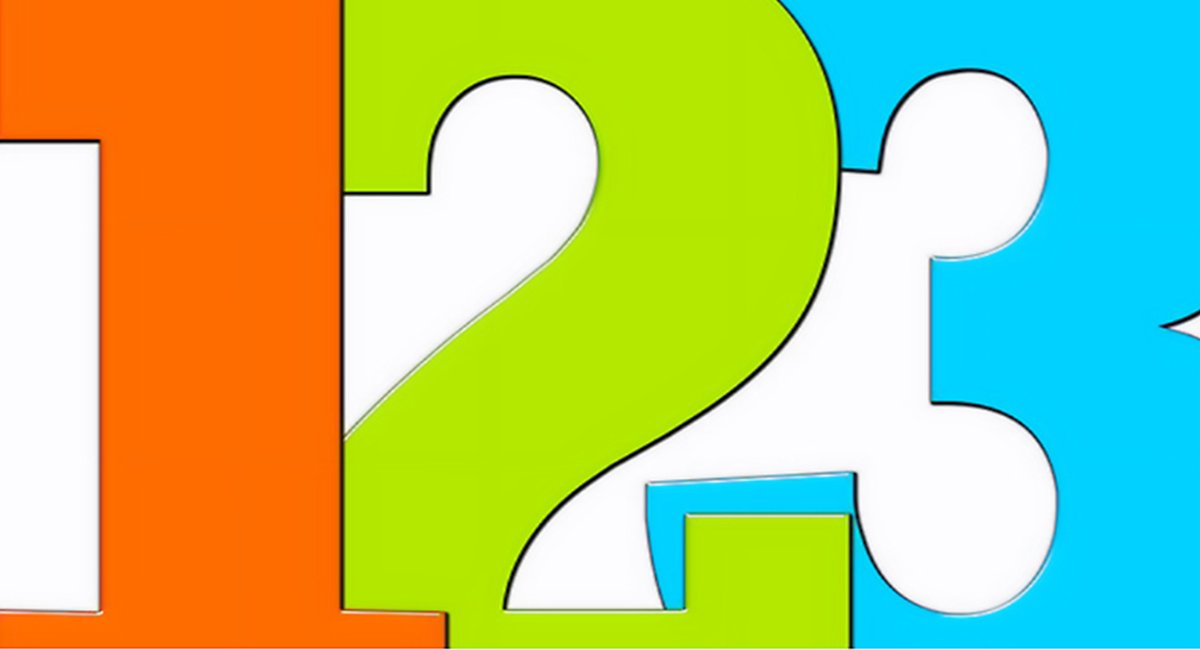
Knowing when and how to use the articles a, an, and the can be challenging.
It's especially challenging for students who don't have articles in their native language.
If you find a, an, and the difficult to use, check out this simple guide. These are not all the rules, but if you keep them in mind you will be able to speak correctly nearly all the time.
How to use articles
Articles a, an and the introduce nouns. A noun is a person, place, thing, event, or idea.
To correctly think about articles, you should think about the information from the listener's (or reader's) point of view.
Articles tell the listener (or reader) if the noun is:
- general—a/an is used; or
- specific—the is used.
Articles can also tell the listener (or reader) if the noun is:
- new information—a/an is used; or
- information that is already known—the is used.
By the way, the only difference between a and an is what letter or sound comes next. If the noun starts with a consonant, use a, (for example, a banana, a carrot); if it starts with a vowel, use an, (for example, an apple, an ice cream cone)
A/An examples
Here are some examples to help you understand a/an.
- "Let’s read a book."—You're talking about any book, not one book in particular.
- "There’s an emergency! Somebody call 911!"—This is the first time the listener is hearing about the emergency. Also, we're talking about an emergency in general, since no specific details are provided.
- "See that man over there? That's Tom. He's a teacher."—Since this is the first time you're learning that Tom is a teacher, we use a to show that it's new information.
- "Could you get me a cup of coffee, please?"—This is the first time the request for coffee is being introduced to the listener.
The
We use the to talk about specifics and to talk about information that's already known to the listener (or reader).
The information may be known because you have recently talked about it. Or the information may be known because it's common knowledge.
Let’s look at a few examples of the in a sentence:
- "Let's read the book that we read last night."—You already know which book I'm referring to.
- "Remember the emergency I told you about earlier? It was on the news!"—We say the emergency because it's known to you based on the previous example. Also, the news is common knowledge.
- "That's Tom, the teacher. You met him yesterday."—You're referring to specific information from earlier.
- "I was drinking the coffee you got for me, and someone bumped into me on the train and made me spill it all down the front of my shirt!"—You already know about the coffee from earlier; you also know about trains as common knowledge. And we use the to describe where the coffee spilled since the front is a specific part of my shirt.
Now that you know how to use articles, try some writing! Just pick a topic, like your day yesterday, and send it in for homework after your lesson. Remember to pay special attention to the articles.
—
911—the phone number for emergency services in North America.
at a loss—to have no idea about something.





